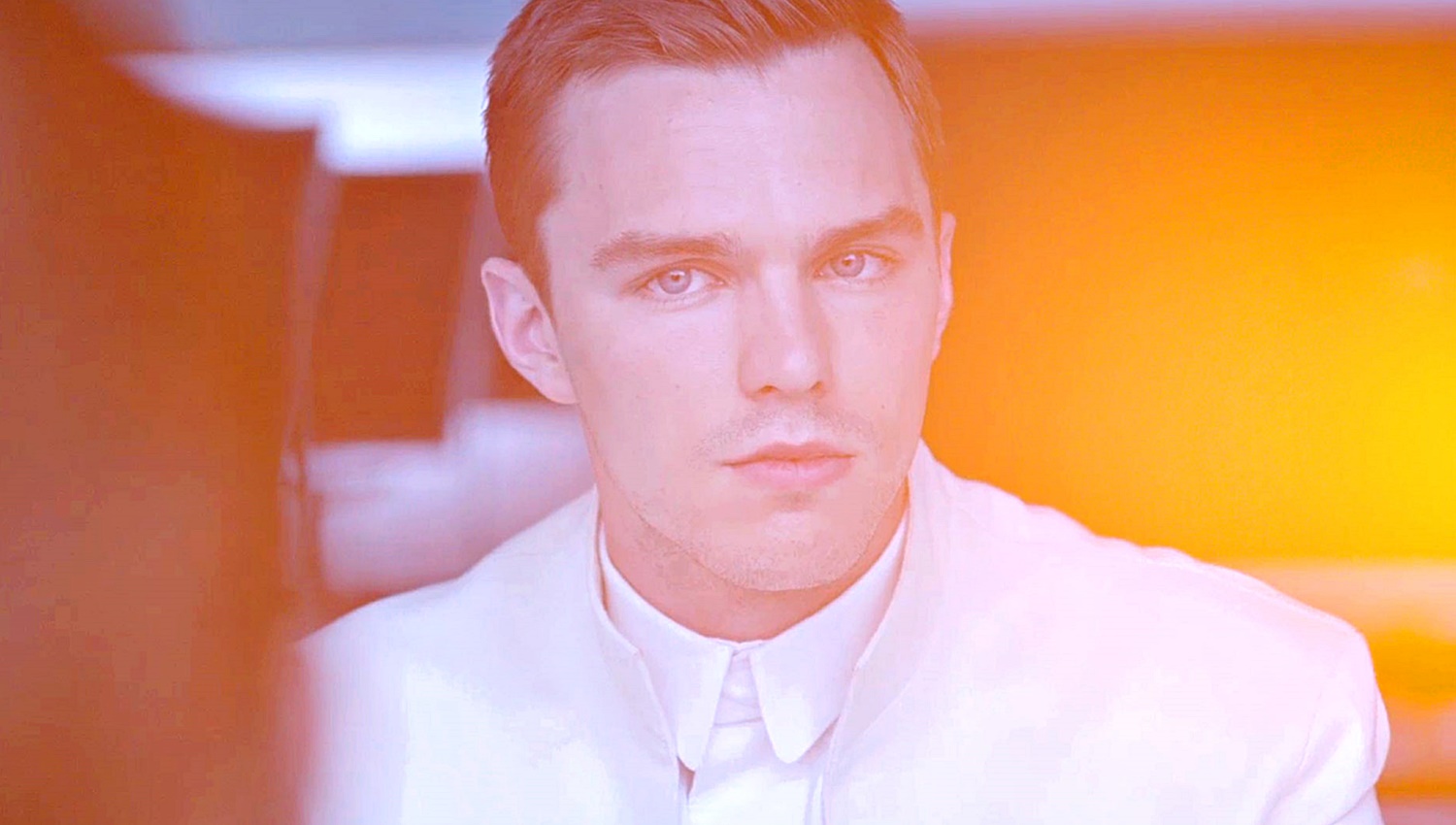
Equals
Dustin Chase
I’m a sucker for a director who can take a small product and make the viewer feel like it’s a big production. Director Drake Doremus (Like Crazy) achieves this with his latest film Equals, borrowing style and concepts for his story from Gattaca, Her and even A24’s 2015 hit Ex Machina. The first half of the film is likely to turn away viewers expecting something that moves quickly or at any pace really. Equals takes a while to reach a boil, as Doremus focuses on style, music, and the particular color pallet in which the film is presented. There is an obsessive amount of close-ups used that cover every inch of Stewart and Hoult’s faces. Both actors specifically chosen for their large eyes and ability to express inward feelings without dialogue.
In the future, especially in a space study facility similar to NASA, human contact or emotional connections are forbidden. Switched On Syndrome or SOS it’s called, is when a person begins to have feelings for another. Symptoms begin as stage one and can be slowed, but by stage 4, health personal typically confine the humans and suggest they take their lives. “The cure is right around the corner,” the daily infomercials advertise. Silas (Hoult) cannot stop looking at his co-worker Nia (Stewart), he attempts to deal with these feelings privately, but eventually notices something that suggests she might also be suffering. The two begin a dangerous relationship in secret and discover a hidden society of sufferers and pretenders who learn to beat the system.
Impressive mood and design concepts here that make it remarkable.
Unlike the utopian society presented in The Lobster, where humans were forced into relationships, love is again used as a device in sci-fi film. Early in the plot on a computer screen there is some brief explanation for why the world has changed, but that isn’t important nor the focal point. Minimalism is the object here, as employees all live and function in a society that condemns individuality. The minimalism is applied to the way the film is shot, including wardrobe, hairstyles, and the lack of color. When not in close-up, variations of white, pale blue or steel are the films only hues, until something important is introduced by a new color. Until the narrative picks up steam, Equals feels more like beautiful visuals that might be better suited on a music video with a great song playing over top.
When it turns into a viable thriller concerning romance and escape, everything begins to work, especially the original score by Dustin O’Halloran and Sascha Ring. Yet even after the film is over, the score leads us into the credits and it feels as if a viable organ is missing to make the film feel as good as it looks. The overall style choice of Equals makes the biggest impression. It never reaches the emotional high point Andrew Niccol’s Gattaca achieved, nor the pay off. Second to style is the performances of Hoult and Stewart. However, with Stewart, she delivers that identifiable performance where she looks like she might explode any moment with longing and misery. The cinematographer certainly gets the money’s worth out of Hoult (X-Men Apocalypse) and his facial scruff. Most audiences won’t have the patience for what this eclectic film is offering, but there is some impressive mood and design here that makes it remarkable.
Final Thought
Less proves to be more in this stylized utopian sci-fi romance if you have the patience for minimalism.
